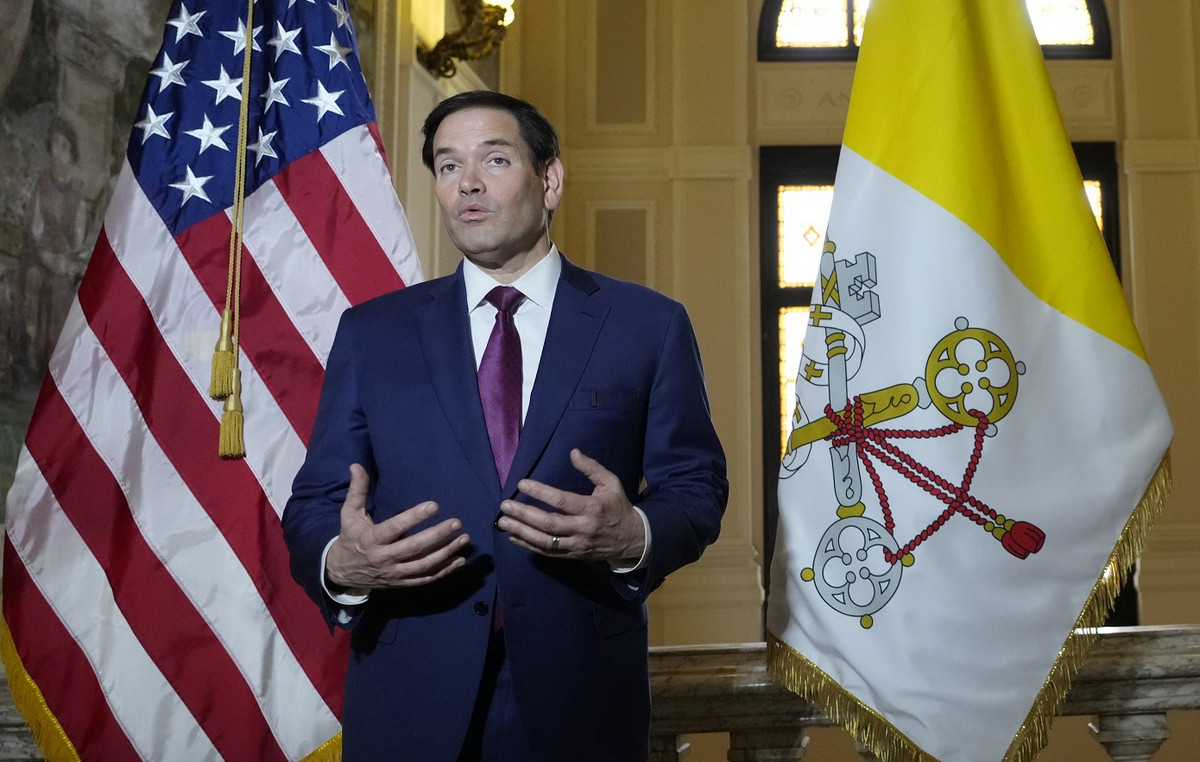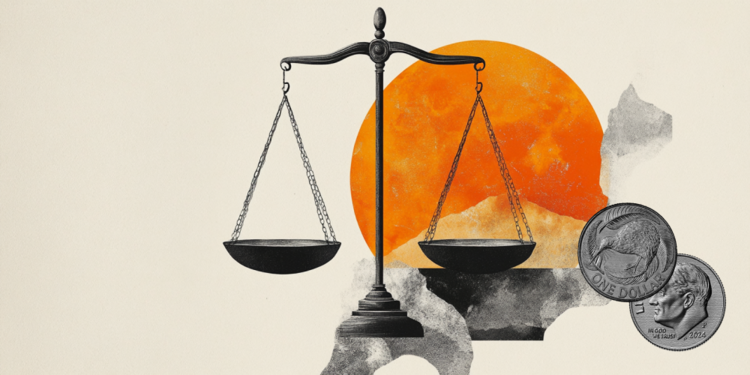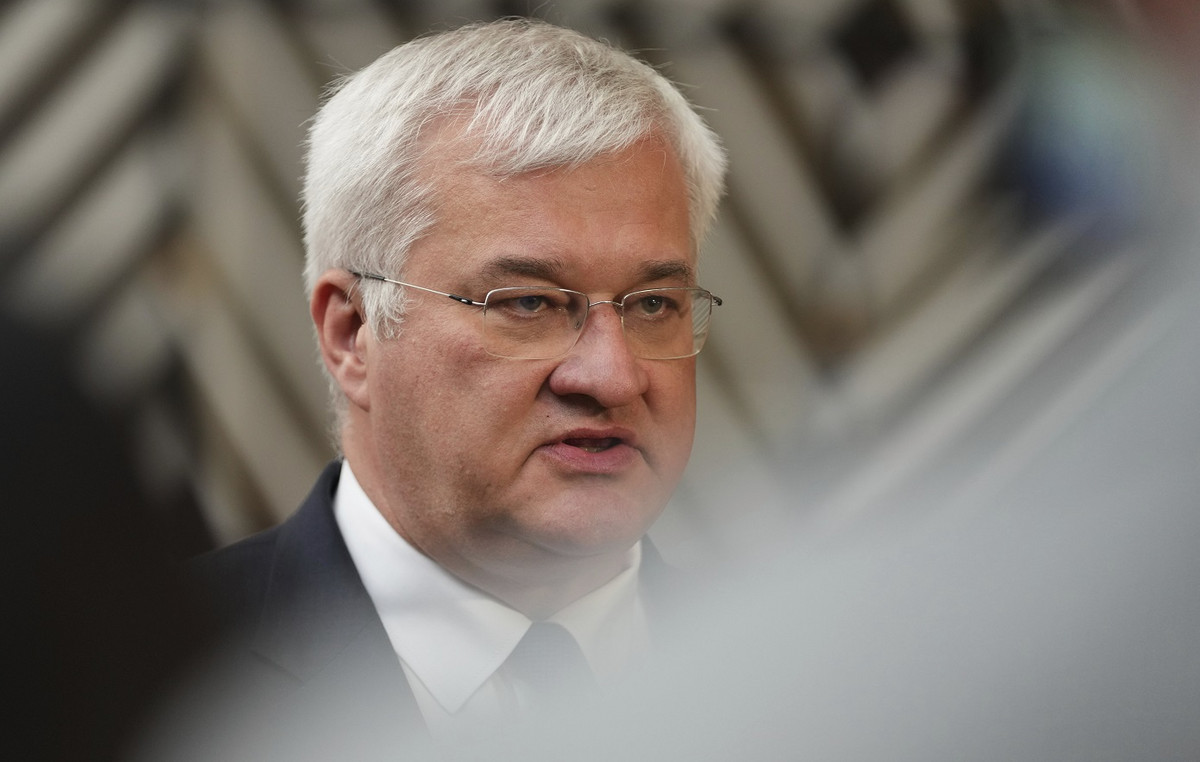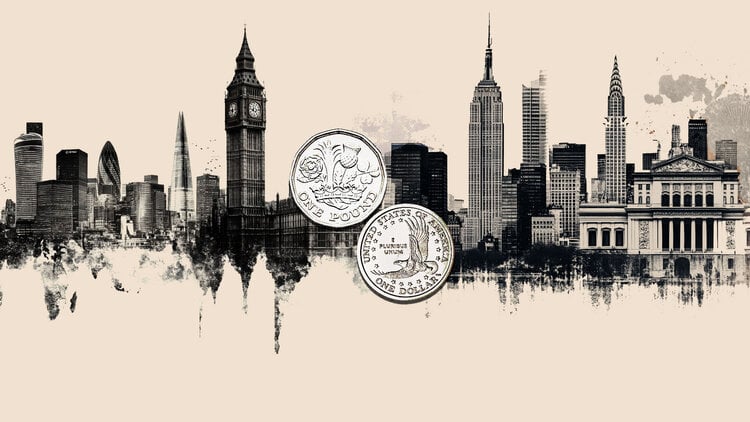In this Friday’s edition (4) of the Correspondent Medical section, of Novo Dia, the neurosurgeon Fernando Gomes discussed different aspects of cancer – especially prevention and diagnosis – on the date that marks the international day of the disease.
The date was established by the International Union for Cancer Control, an entity that brings together scientists, doctors and volunteers who promote actions to combat the disease. According to data from the World Health Organization (WHO), one in six deaths in the world is caused by some type of tumor – with about 10 million victims per year. The WHO indicates that at least 40% of cases could be avoided if patients avoided so-called risk factors.
Fernando Gomes defined cancer as a disease characterized by the abnormal proliferation of a specific cell, altering their DNA. The change ends up acting as a parasite in the human body, draining energy and destroying organs.
It is possible, however, to use a series of strategies that result in the prevention of the disease. Among them are the non-consumption of cigarettes and alcoholic beverages, the practice of physical activities, healthy eating, vaccination against the HPV virus and regulation of body weight to an adequate level.
“By paying attention to this small prescription that brings important information to align the functioning of the physical body, you can prevent at least 40% the emergence of some cancer.”
“If we know that there are risk factors that are inherent to the appearance and development of cancer, there is no reason not to consider these data and bring into our lives a style that can be compatible with more health and the strengthening of the natural fight against these cells. that can appear inside the body,” he added.
The neurosurgeon avoided designating a relationship of guilt between patients who “mistreat” the body with unhealthy habits and the development of the disease, highlighting that genetic factors, which are beyond human control, can also influence the condition.
Reducing inequalities is also an important point for the prevention and better treatment of cancer. Gomes recalled a survey that points to the differences in the evolution of tumors between the rural and urban population, explaining that people who live in the city tend to have more access to resources and treatment centers.
Childhood cancer was also highlighted: according to the doctor, the cure rate in developed countries is 80%, while in underdeveloped countries the rate is only 20%.
“It is important for us to understand that this difference in resources, which can reflect on the social and cultural difference, can impact on knowing these data that make it possible for us to have a lifestyle that keeps us away from the manifestation of cancer and also to participate in campaigns and early diagnosis and, of course, appropriate treatment as quickly as possible.”
Early diagnosis is one of the key factors in the fight against the disease. Together with the evaluation of a medical team, discovering the tumor at its early stage allows us to be closer to the genetic address of the cancer and define specific strategies and protocols for each type of altered cell.
“That’s why technology and the path of medicine have helped a lot, and our concern, more than ever, is to bring all these resources to all people in an equal way”, he concluded.
Source: CNN Brasil







